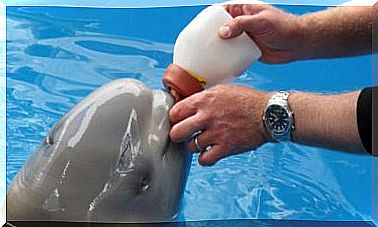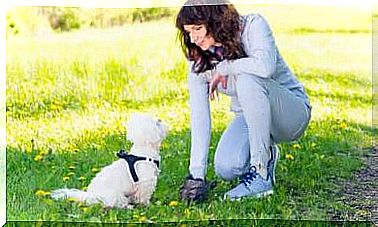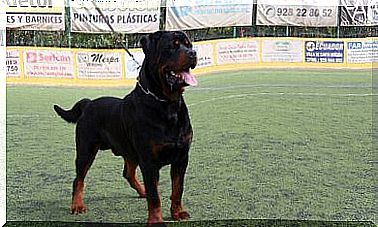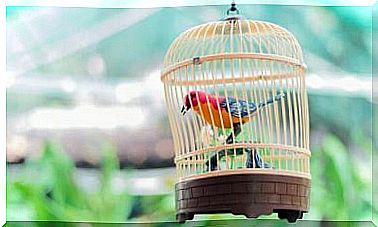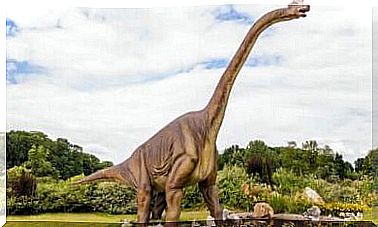Hip Dysplasia In Cats: Important Information
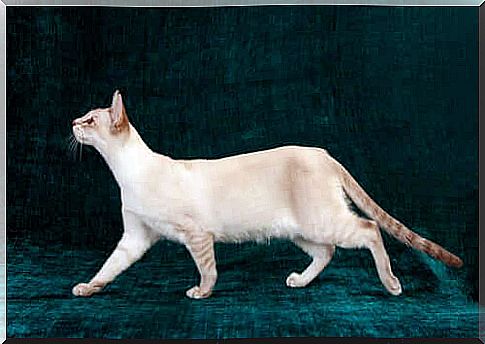
Although it is rare and genetically related, it is important to know about this disorder that affects the animals’ natural gait. So let’s tell you everything you need to know about hip dysplasia in cats.
What is hip dysplasia in cats?
This is a rare problem in cats and is more common in dogs. Basically, hip dysplasia causes abnormal development and degeneration in the joints in the area.
There is an inherited predisposition to have the disease. The Maine Coon breed and females suffer the most. Furthermore, in severe cases it can result in irregularly positioned bones, cartilage damaged by unnatural movements, osteoarthritis due to lameness, and paralyzing pain.
Hip dysplasia in cats begins when the animal is a kitten. This is when your bones are not yet fully developed. However, it becomes more serious over time.
Displacements and cartilage damage cause microfractures that prevent the animal from walking well, jumping or playing.
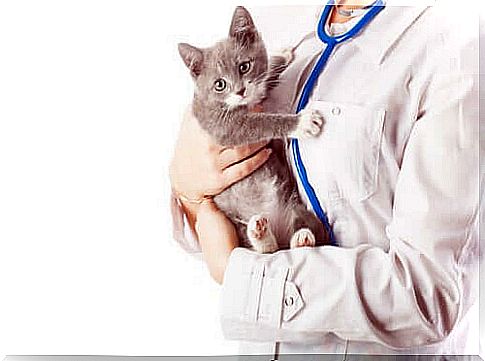
What are the symptoms of hip dysplasia in cats?
Although the diagnosis must be made by a veterinarian, as pet owners we have an ‘obligation’ to pay attention to certain symptoms or signs that may symbolize hip dysplasia in cats:
1. Lower level of activity
Decreased activity in cats is often attributed to age, but healthy adults and elderly people also run, jump, and climb trees. Therefore, if your pet stops playing or performs certain activities as before, it is necessary that you take him for an appointment.
2. Pains
Hip dysplasia in cats is very painful, so it is normal for the animal to complain about any posture, movement or step. If you touch him in the lower back, he may meow loudly. That doesn’t mean he doesn’t like petting, it does mean that it hurts.
3. Sounds
Pay close attention to the ‘sounds’ your cat makes when walking, sleeping or moving. When there is dysplasia, it is normal to hear a click in the hip. This happens especially when he wants to get up after spending several hours lying in bed or on the blanket.

4. Broad shoulders
Another symptom of hip dysplasia in cats is seeing that the cat’s front is becoming wider or enlarged. Why? The animal changed its movements and threw all its weight forward. It’s like he went to the gym and just worked his torso.
5. Arched back
In relation to the above, dysplasia causes changes in the spine. When he tries to walk, he will probably try to roll forward and, to avoid putting weight on his hind legs, he will arch his back.
You’ll notice that he hardly puts any force on the back pads as he walks. You’re also likely to see him limping.
Treatment of hip dysplasia in cats
As there are other diseases that also cause similar symptoms, hip dysplasia in cats is not always properly diagnosed. In many cases, extreme lameness – on one or both sides – is proof that the cat suffers from this disorder.
The veterinarian will be responsible for evaluating the hip joints and will take x-rays of the pelvis area to identify the problem. Once diagnosed, there are different treatments to alleviate the symptoms and prevent the disease from progressing.
Unfortunately, so far, there is no cure for hip dysplasia in cats.
Treatment may include physical therapy, activity restriction, use of oral or injectable anti-inflammatory drugs, and weight control. Also, in more advanced cases, surgery may need to be performed, which may even include total hip arthroplasty.
